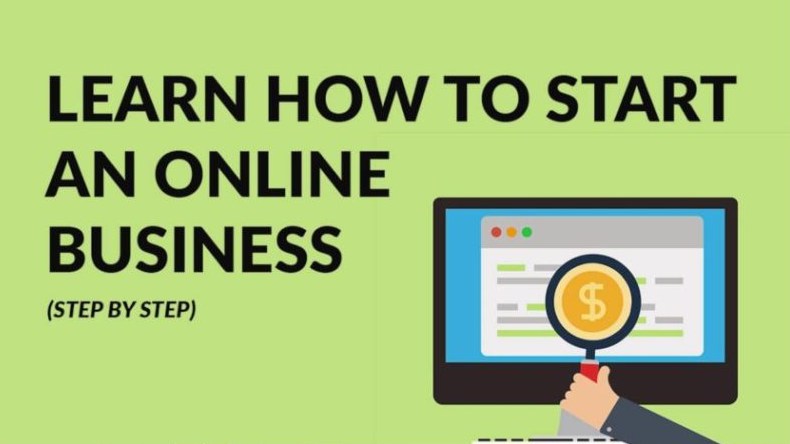
2024 B2B Email Marketing: Essential Strategies for Engagemen
In today’s fast-paced digital world, where everyone’s inbox is overflowing, how can B2B companies stand out and make a real impact? Enter B2B email marketing—a tool that, when used effectively, can transform how you connect with potential clients and nurture existing relationships. Let's dive into what makes B2B email marketing a game-changer and how you can craft strategies that cut through the noise and drive results.

What is B2B Email Marketing?
B2B email marketing involves sending targeted emails from one business to another with the goal of driving leads, nurturing relationships, and ultimately, closing deals. Imagine you’re a software company specializing in CRM solutions. Instead of just sending out generic sales pitches, you’d send tailored emails that offer insightful articles, case studies demonstrating how your CRM can solve specific industry problems, or invites to exclusive webinars on optimizing customer relationships. This approach positions you as a thought leader and trusted advisor rather than just another vendor.
The Impact of B2B Email Marketing
The effectiveness of B2B email marketing cannot be overstated. According to a report by the Data & Marketing Association, email remains one of the most effective channels for B2B lead generation, with a staggering 122% ROI. When done right, email marketing offers several key benefits
1.Cost-Effectiveness
Compared to other channels, email marketing is relatively inexpensive. The costs are primarily associated with tools and software, not with media buying or ad spend.
2.Targeted Communication
With advanced segmentation and personalization techniques, you can send the right message to the right person at the right time. This level of precision boosts engagement rates and drives higher conversion.
3.Measurable Results
Email marketing platforms provide robust analytics, allowing you to track open rates, click-through rates, and conversion metrics. This data is invaluable for refining your strategies and proving ROI.
Crafting a Successful B2B Email Marketing Strategy
Creating a winning B2B email marketing strategy involves several key steps. Let’s break it down with a real-world example XYZ Tech Solutions, a company specializing in enterprise software solutions.
1. Define Your Goals
Start by setting clear objectives. For XYZ Tech Solutions, the primary goal might be to increase demo requests for their new product line.
2. Understand Your Audience
Develop detailed buyer personas. XYZ Tech Solutions identifies their key personas as IT managers and CFOs. They understand these roles need different messaging IT managers might be interested in technical specs and integration details, while CFOs are more concerned with ROI and cost savings.
3. Create Valuable Content
Develop content that addresses the specific needs of your personas. For example, XYZ Tech Solutions sends out a series of emails featuring whitepapers on “Maximizing ROI with Next-Gen CRM” for CFOs and detailed technical guides for IT managers.
4. Segment and Personalize
Use segmentation to target specific groups with tailored content. XYZ Tech Solutions creates separate email lists for IT managers and CFOs. Each segment receives customized content that resonates with their particular pain points and interests.
5. Optimize and Test
Continuously test different elements of your emails—subject lines, content formats, calls to action. XYZ Tech Solutions runs A/B tests to find out which subject lines get the best open rates and which calls to action drive the most clicks.
6. Monitor and Analyze
Regularly review your email performance metrics. XYZ Tech Solutions tracks open rates, click-through rates, and conversion rates to assess what’s working and what isn’t. They use this data to refine their content and approach.
Conclusion
B2B email marketing is far from a relic of the past. When executed thoughtfully, it’s a powerful tool that can drive engagement, nurture leads, and ultimately, boost sales. By setting clear goals, understanding your audience, crafting valuable content, and continuously optimizing your approach, you can leverage email marketing to build stronger relationships and achieve measurable success.






